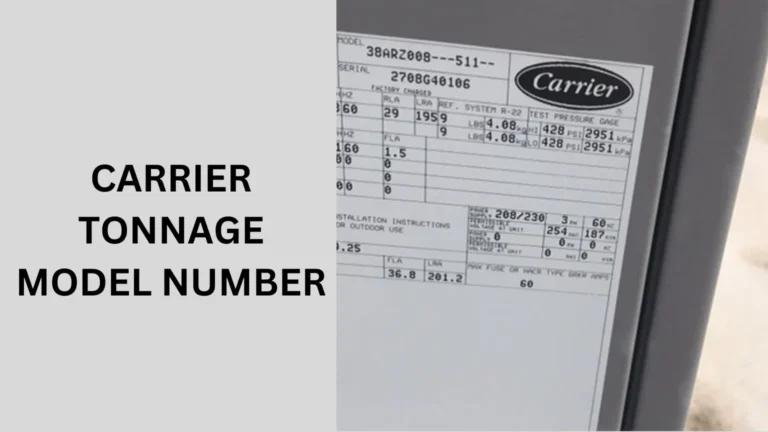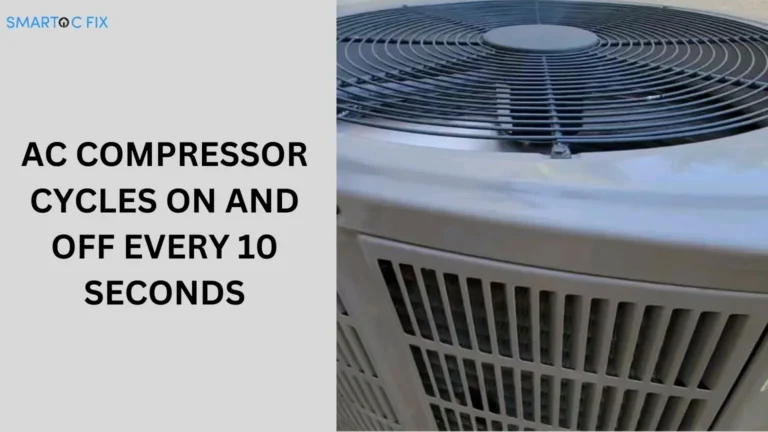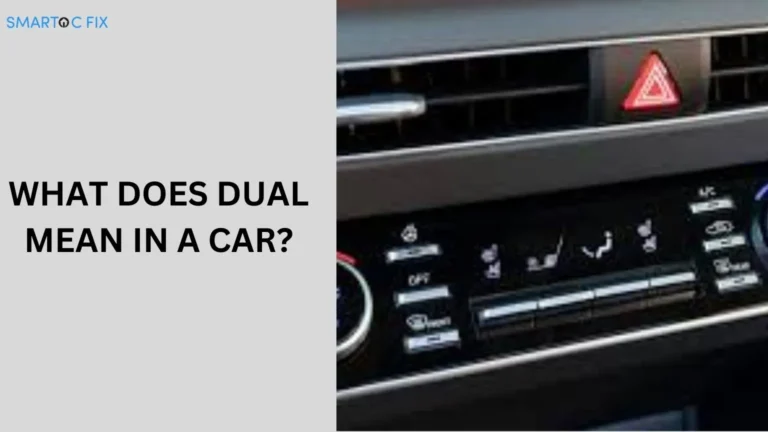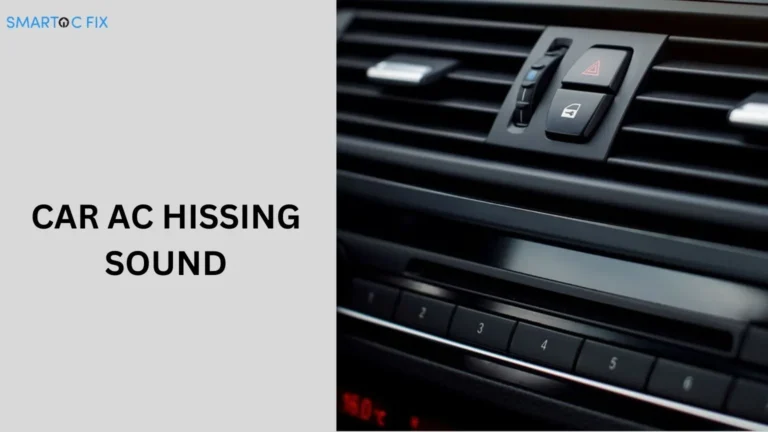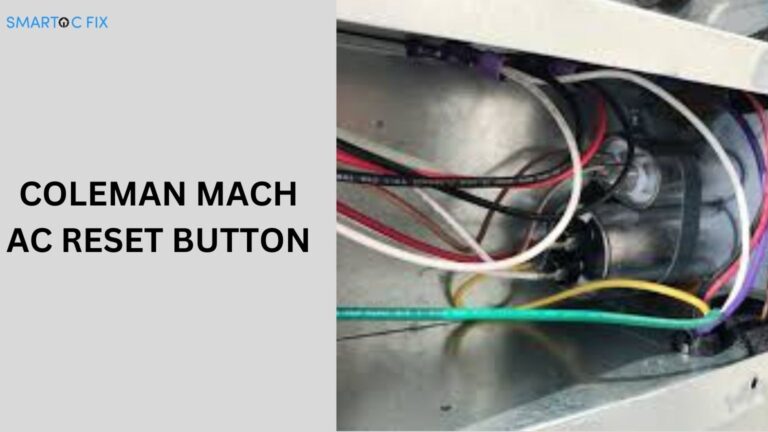Does Tanks Have Air Conditioning? (Guide) In 2024
When you think of tanks, you might picture a massive, armored vehicle rumbling across the battlefield, not a cozy living space.
But the question arises: does tanks have air conditioning? This article delves into the features of modern tanks, including their climate control systems, and how they impact crew comfort and operational efficiency.
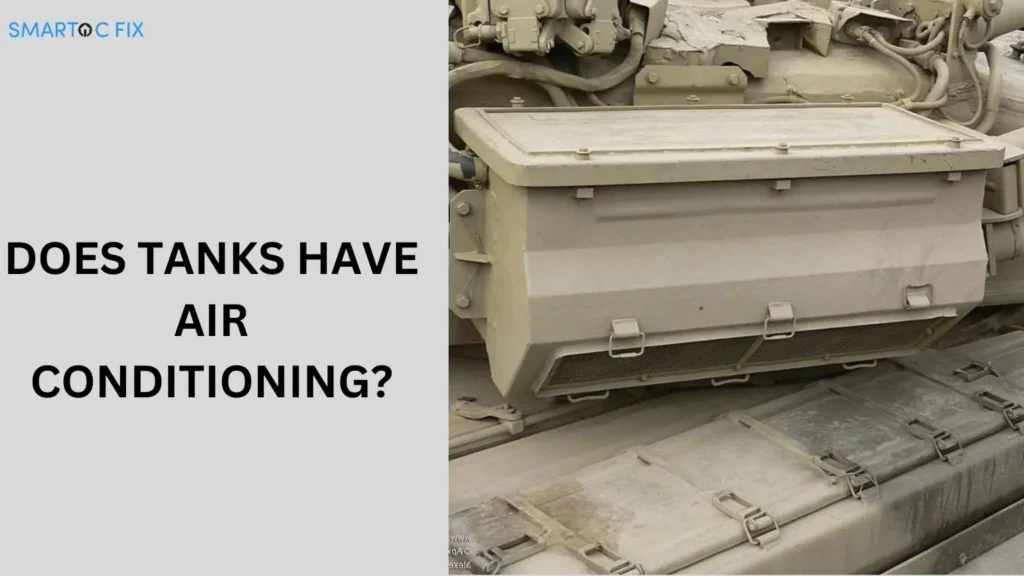
Understanding Tank Design
Tank design is a fascinating blend of engineering, technology, and battlefield strategy. Modern tanks are marvels of military innovation, developed to meet the complex demands of contemporary warfare.
Let’s dive deeper into the critical aspects of tank design that contribute to their effectiveness on the battlefield.
The Purpose of Tanks in Combat
Tanks are designed primarily for warfare, equipped with heavy armor and powerful weapons.
Their main role is to provide direct fire support, maneuverability, and protection for infantry.
However, with modern advancements in technology, the focus has also shifted toward enhancing crew comfort during extended operations.
The Importance of Crew Comfort
A tank’s crew often spends long hours inside the vehicle, which can lead to fatigue, decreased performance, and even heat-related illnesses.
This is where climate control systems come into play, ensuring that soldiers can focus on their mission without being hindered by extreme temperatures.
Does Tanks Have Air Conditioning?
The question of whether tanks have air conditioning often piques interest, especially given the harsh environments in which these armored vehicles operate.
As technology has advanced, tank design has evolved to address not only combat effectiveness but also crew comfort.
Let’s explore how modern tanks manage temperature and the features that make them more livable for soldiers during missions.
Modern Tank Climate Control Systems
While not all tanks are equipped with traditional air conditioning systems, many modern tanks feature advanced climate control technologies.
These systems are designed to maintain a comfortable temperature inside the crew compartment, which is crucial for optimal performance during missions.
How Does It Work?
- Air Filtration: Modern tanks use air filtration systems to keep dust, debris, and harmful particles out. This is particularly important in desert environments where conditions can be harsh.
- Temperature Regulation: The climate control systems in tanks often use a combination of air conditioning and heating mechanisms. This allows the crew to adjust the internal temperature based on external conditions.
- Humidity Control: In addition to temperature, managing humidity is essential for maintaining comfort. Tanks are designed to minimize moisture buildup, which can contribute to discomfort and equipment malfunction.
Examples of Tanks with Climate Control
- M1 Abrams: One of the most well-known modern tanks, the M1 Abrams, is equipped with a sophisticated climate control system that ensures crew comfort in various environments.
- Leopard 2: This German tank also features advanced air conditioning systems, providing a cooler atmosphere for the crew during operations.
The Impact of Air Conditioning on Operations
The incorporation of air conditioning and climate control systems in modern tanks has significant implications for military operations.
These systems not only enhance crew comfort but also play a crucial role in operational effectiveness and mission success. Let’s delve into the various ways air conditioning impacts tank operations.
Enhanced Performance
Having an effective climate control system allows tank crews to perform better. When soldiers are comfortable, they can focus on their tasks without the distraction of heat or cold. This is especially important during long missions where concentration is key.
Increased Mission Duration
With air conditioning, crews can remain in the field for extended periods without experiencing fatigue or overheating. This capability is crucial for modern warfare, where flexibility and readiness can determine success.
People also ask
Is it hot inside tanks?
Yes, it can get quite hot inside tanks, especially during prolonged operations in warm climates.
Tanks are heavily armored, which makes them effective against enemy fire but also traps heat generated by the crew, equipment, and external temperatures.
Without effective climate control systems, temperatures can soar, leading to discomfort and fatigue for the crew.
However, many modern tanks are equipped with air conditioning and ventilation systems designed to mitigate this heat, helping to maintain a more manageable environment inside the vehicle.
Is the Abrams tank air conditioned?
Yes, the M1 Abrams tank is equipped with an air conditioning system. This feature helps maintain a comfortable internal environment for the crew, especially during extended missions in hot conditions.
The air conditioning system is designed to regulate temperature and humidity, ensuring that the crew can operate effectively without the distraction of extreme heat.
Do army vehicles have air conditioning?
Yes, many modern army vehicles are equipped with air conditioning systems.
These systems help regulate the internal temperature, providing comfort for crew members during operations in extreme weather conditions.
Air conditioning enhances focus and performance, allowing soldiers to operate more effectively over extended periods in the field.
Conclusion
So, does tanks have air conditioning? The answer is yes, many modern tanks are equipped with advanced climate control systems that ensure crew comfort and operational efficiency.
As technology continues to evolve, we can expect even more innovations in tank design that prioritize the well-being of soldiers in the field.
Understanding these features not only highlights the advancements in military technology but also the importance of crew welfare during combat operations.
